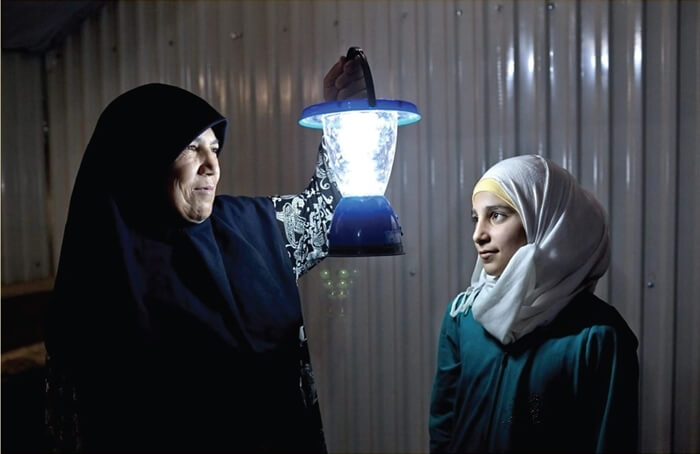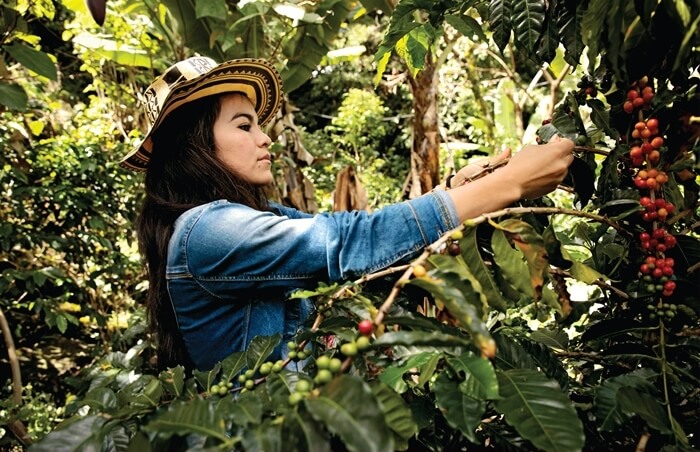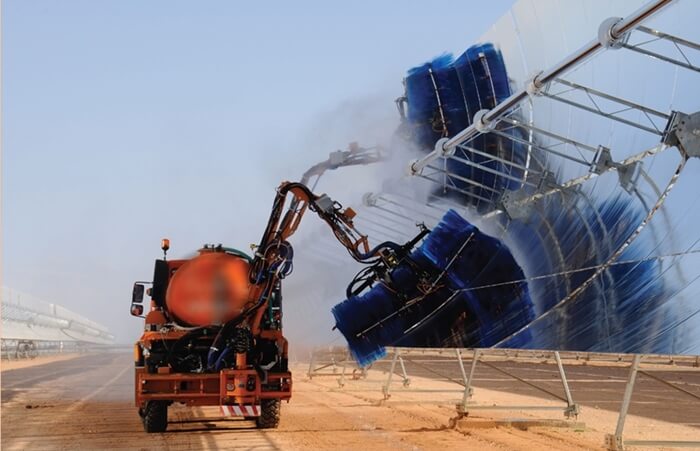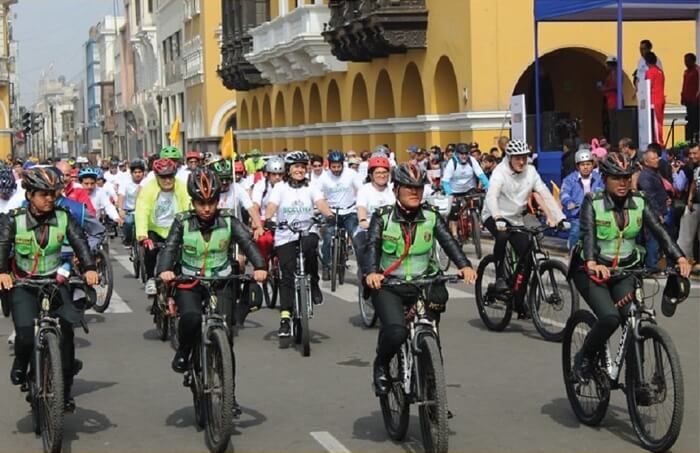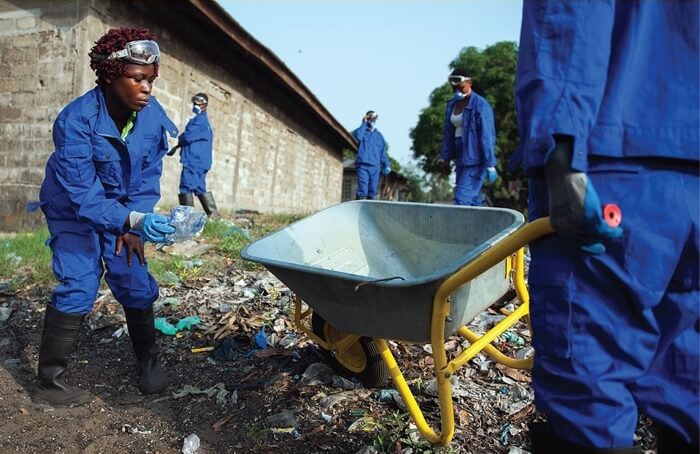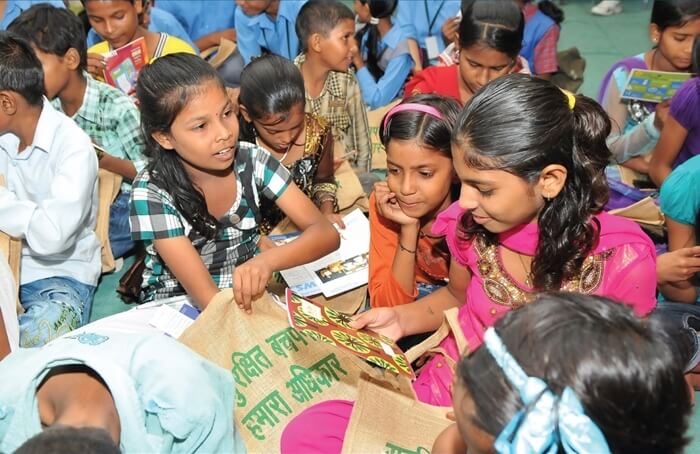Excerpt from ecowatch.com
The North Pacific Subtropical Gyre, or the “Great Pacific Garbage Patch,” stretches for more than 610,000 square miles between California and Hawai’i. The gyre hosts around 79,000 metric tons of microplastics, nets, buoys and bottles. And, in a surprising turn, coastal life.
Scientists writing in Nature Communications Thursday have found coastal animals like anemones, hydroids and shrimp-like amphipods living on plastic collected from the open ocean.
“Floating plastic debris from pollution now supports a novel sea surface community composed of coastal and oceanic species at sea that might portend significant ecological shifts in the marine environment,” the study authors wrote.
Coastal species hitching rides across the open ocean is nothing new. This is, after all, how many plants and animals reach islands in the first place. However, in the past these animals could only travel on biodegradable rafts made from natural materials like trees and seaweed. That meant that coastal species could move from land mass to land mass, but not find a permanent home on the waves.

Island Innovation is a social enterprise and digital media company at the intersection of sustainable development and communications, offering specialised services across various sectors. We bring together the private sector, government, utilities, NGOs and universities to advance innovation for sustainability and prosperity in islands worldwide.









